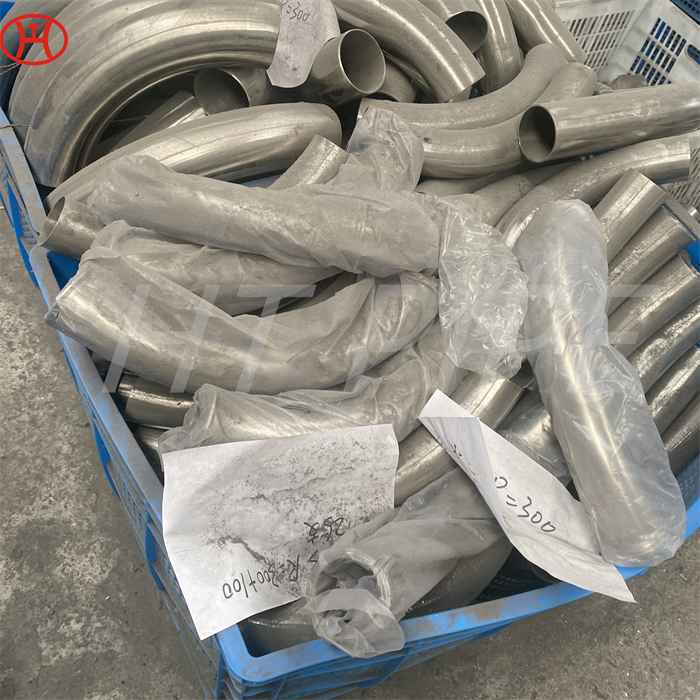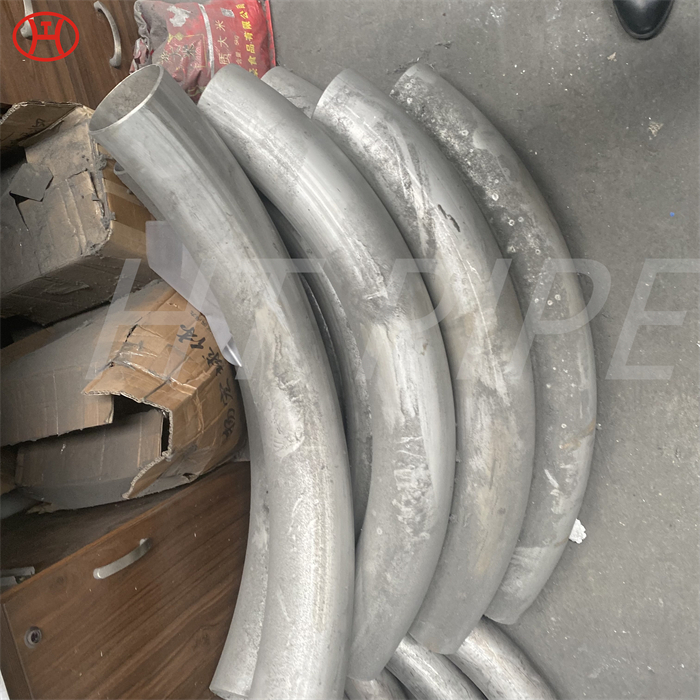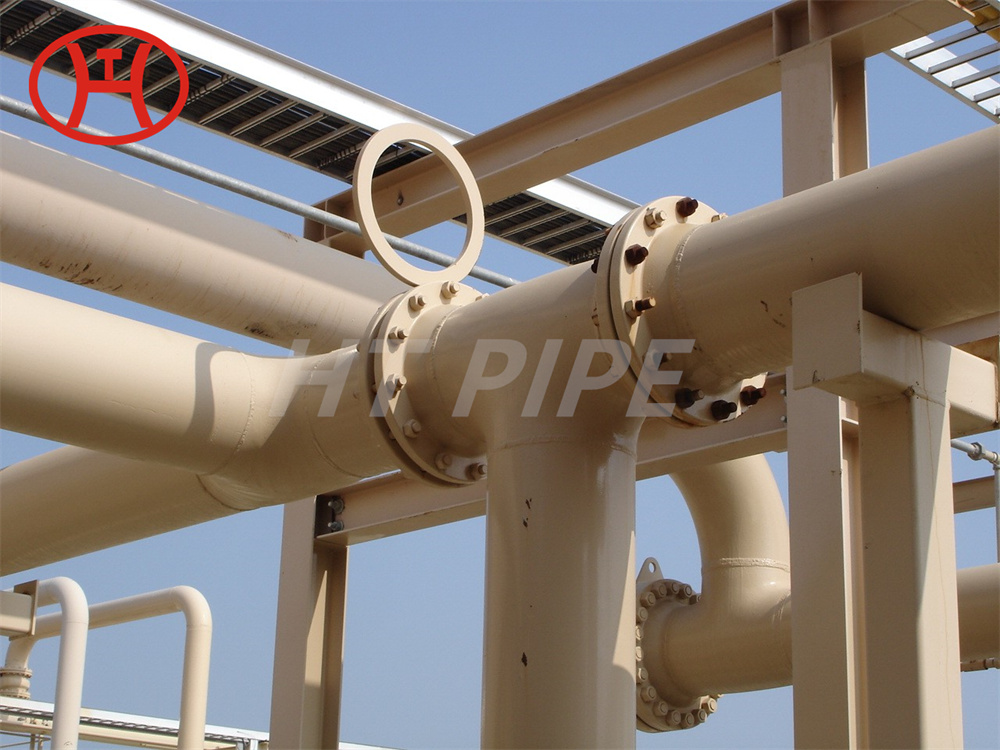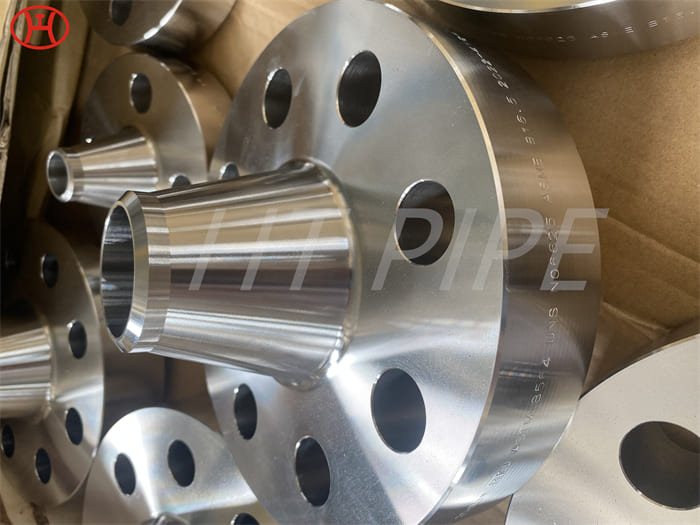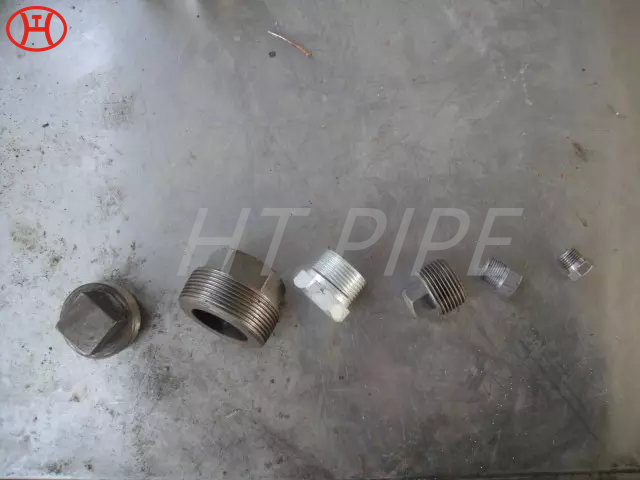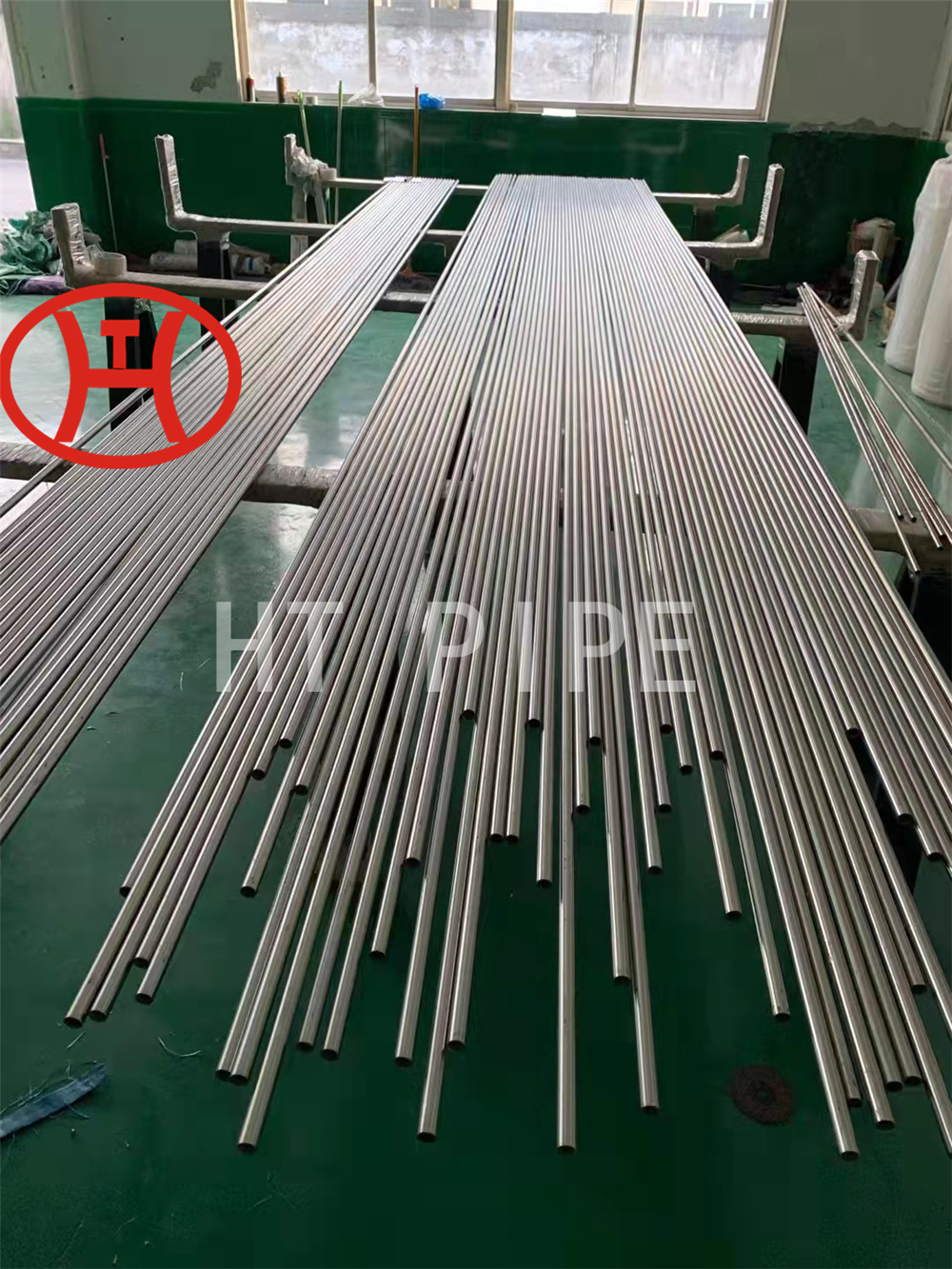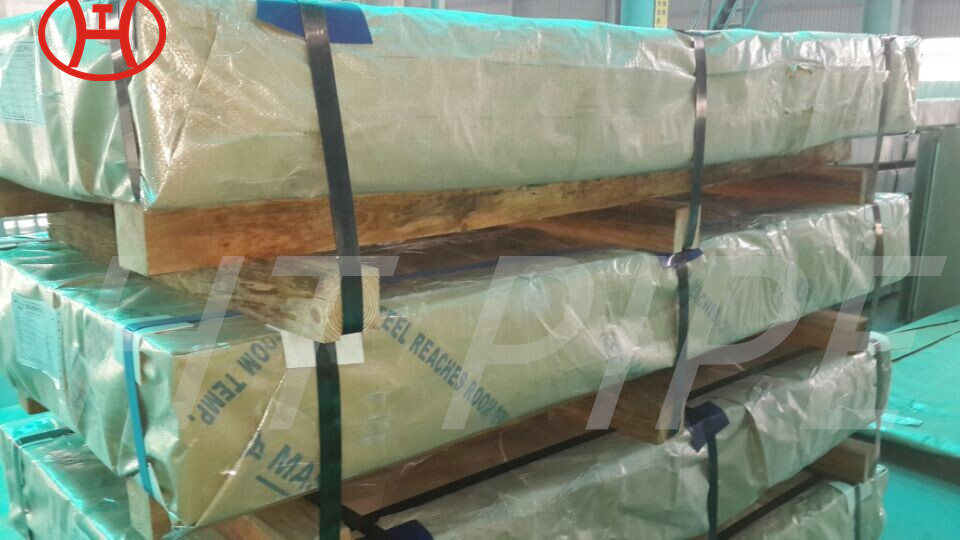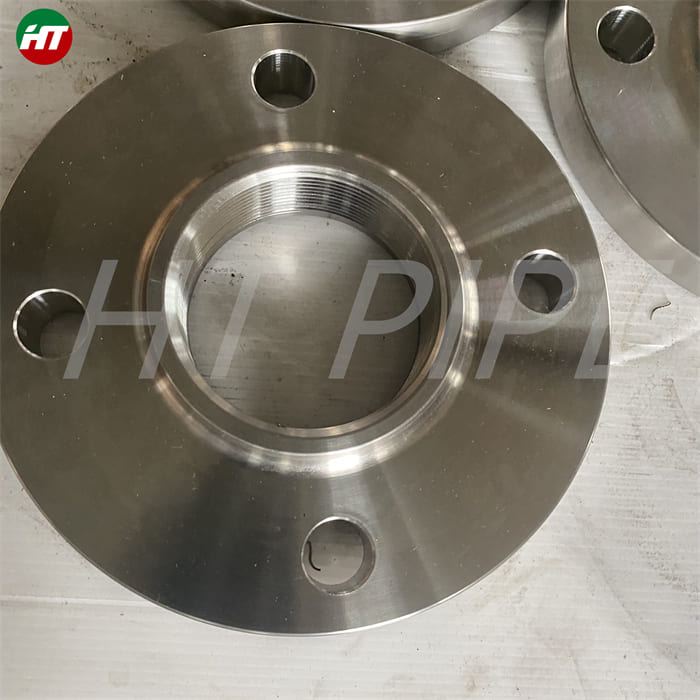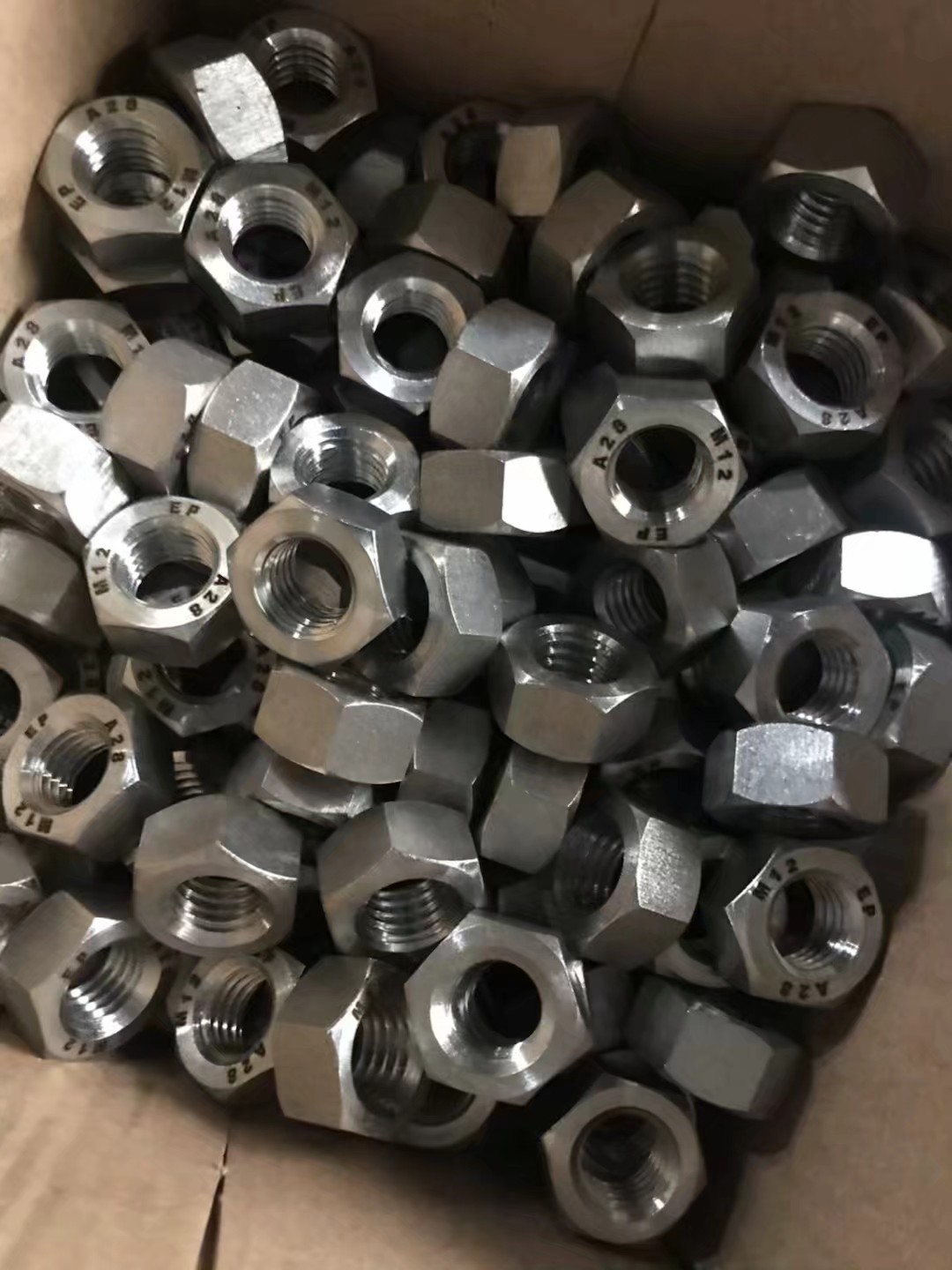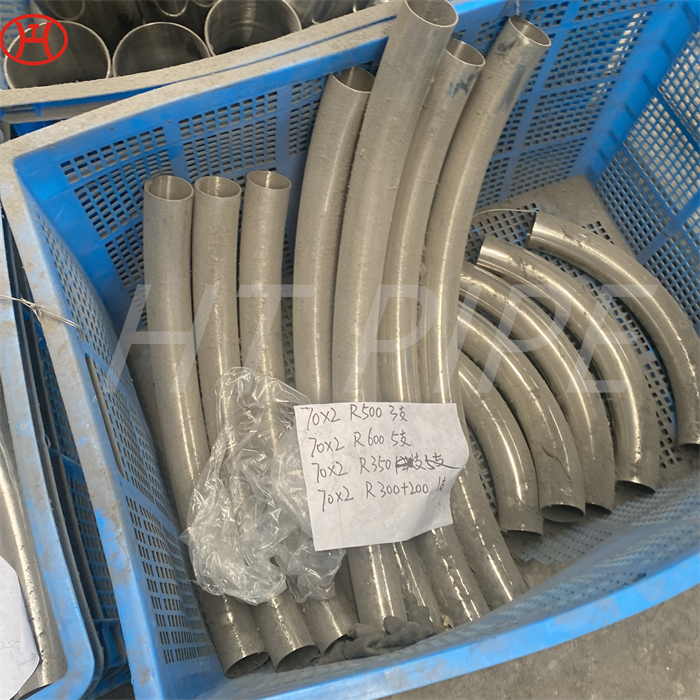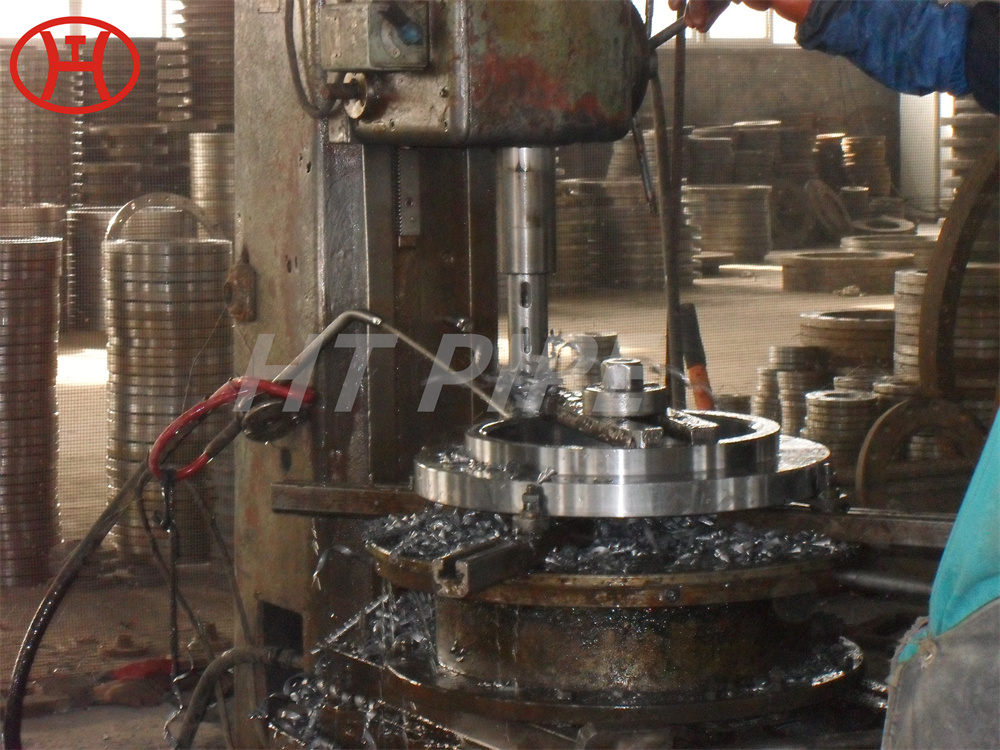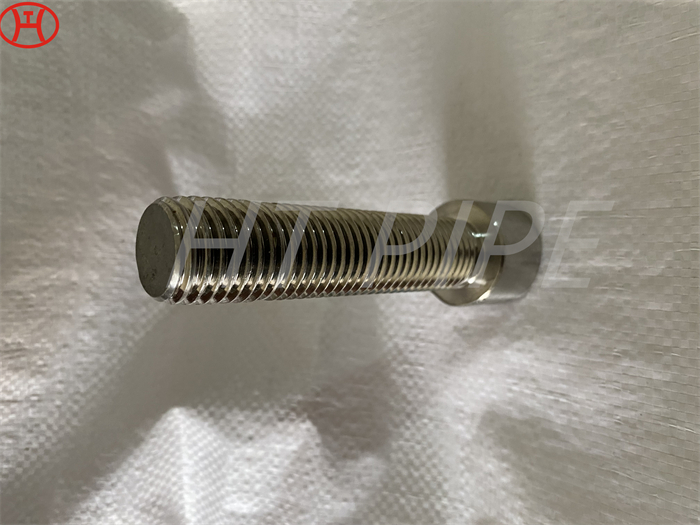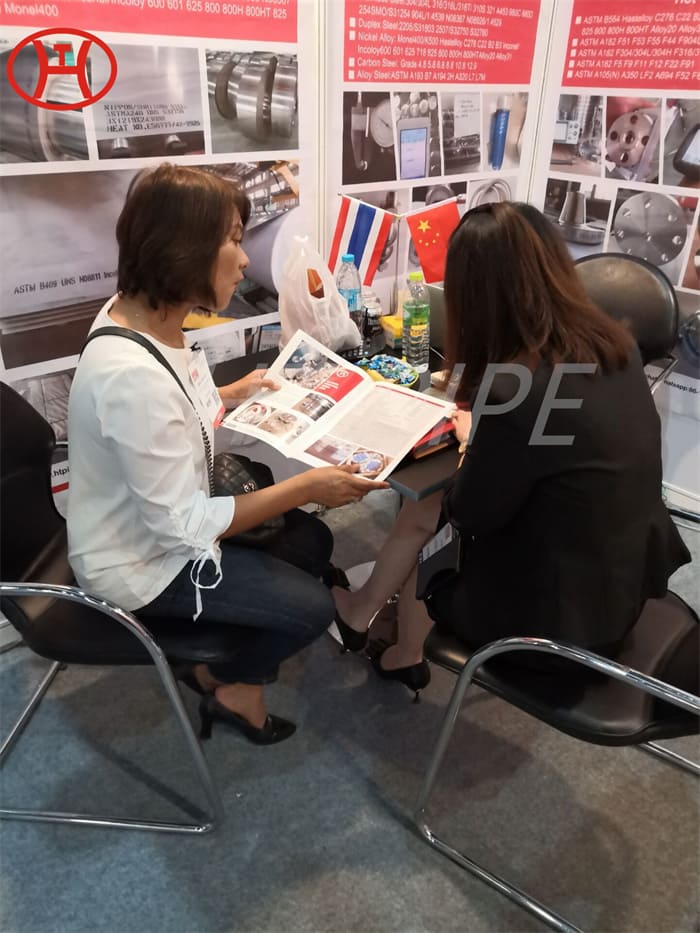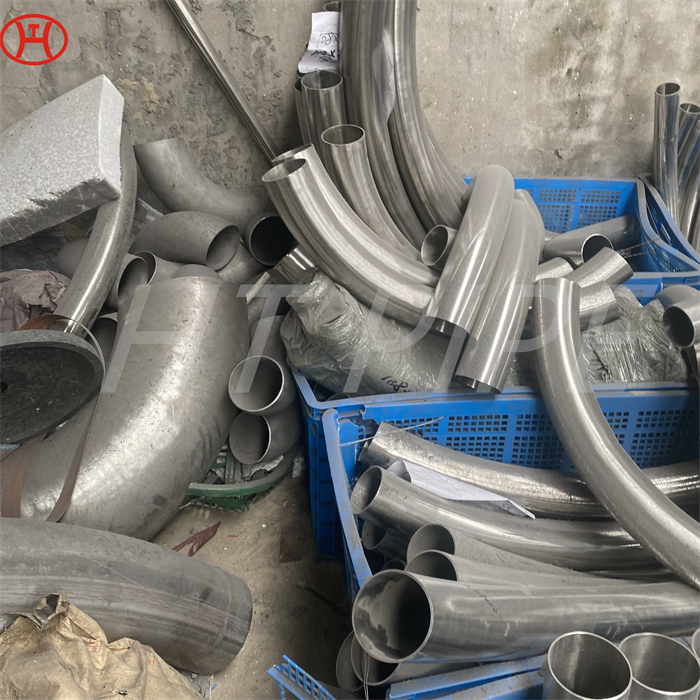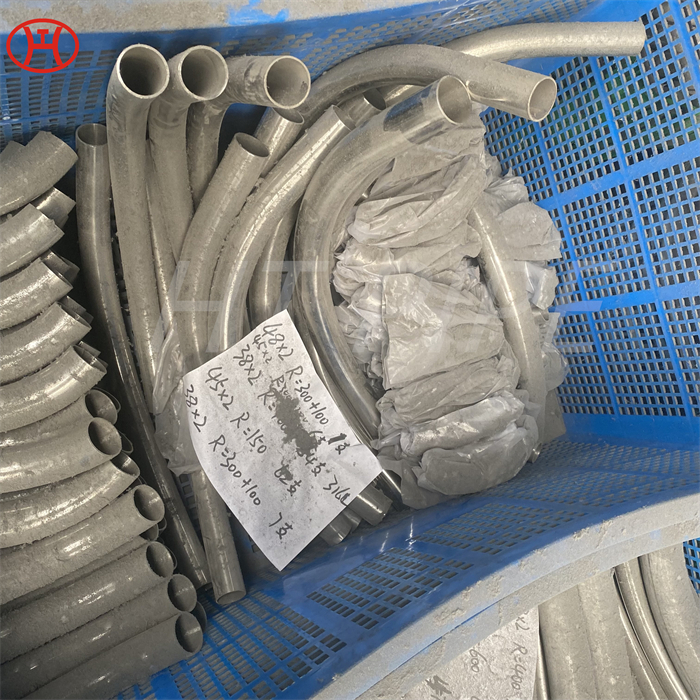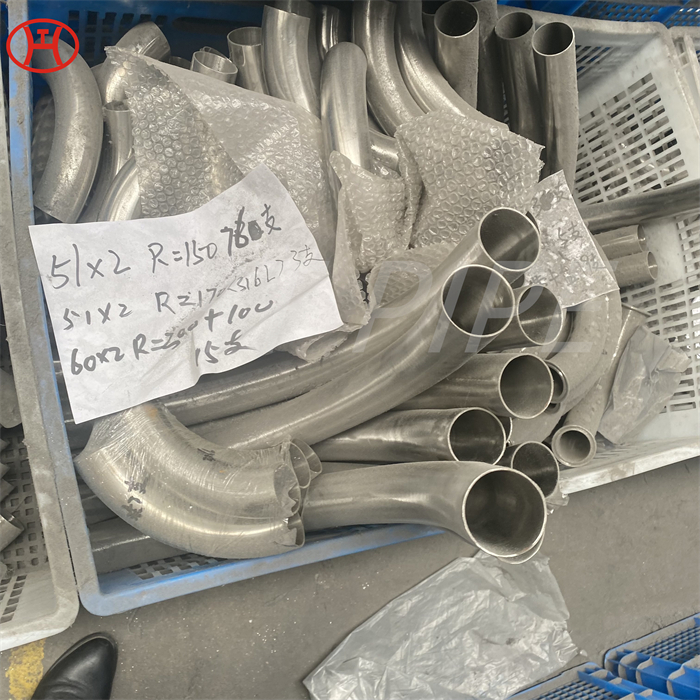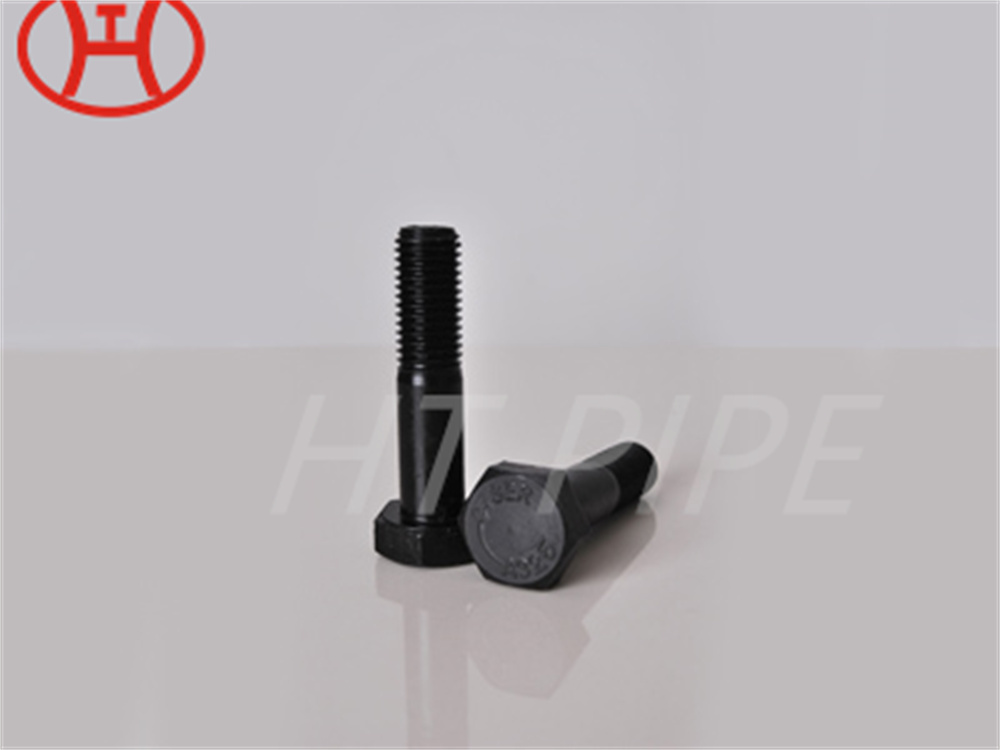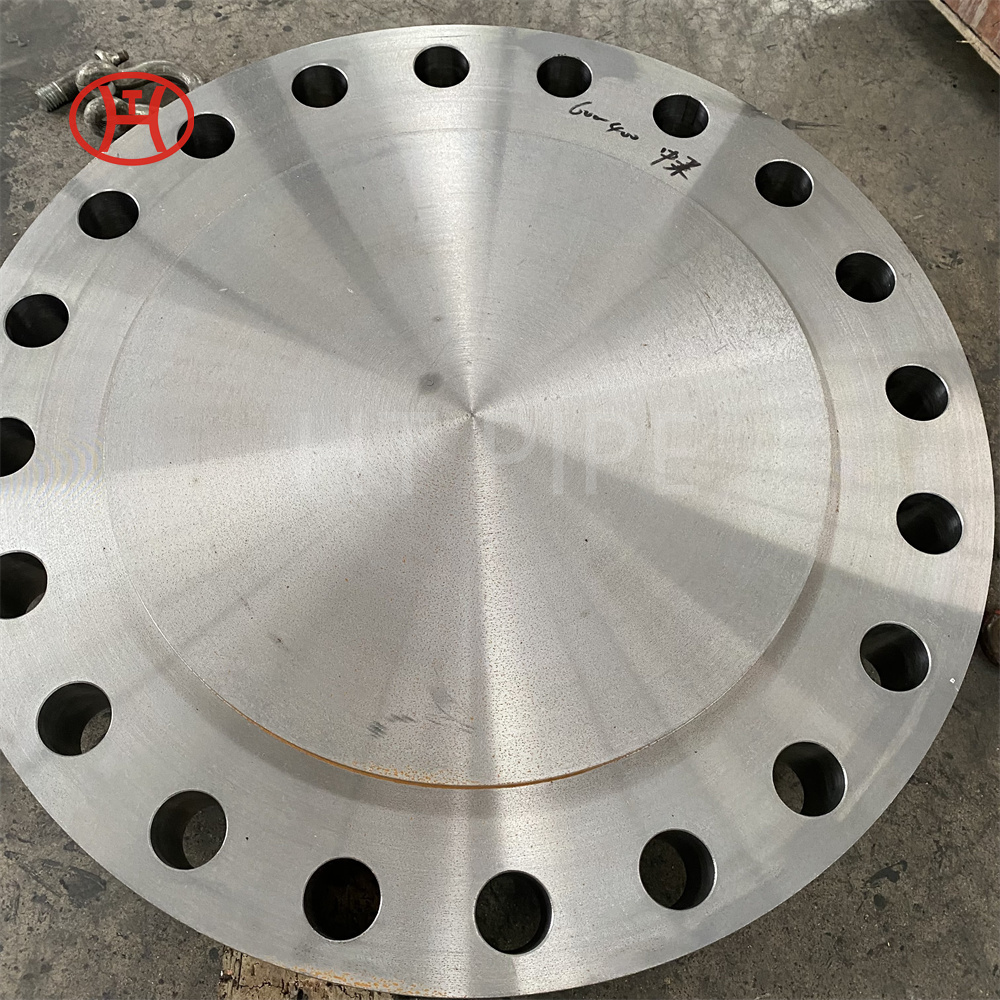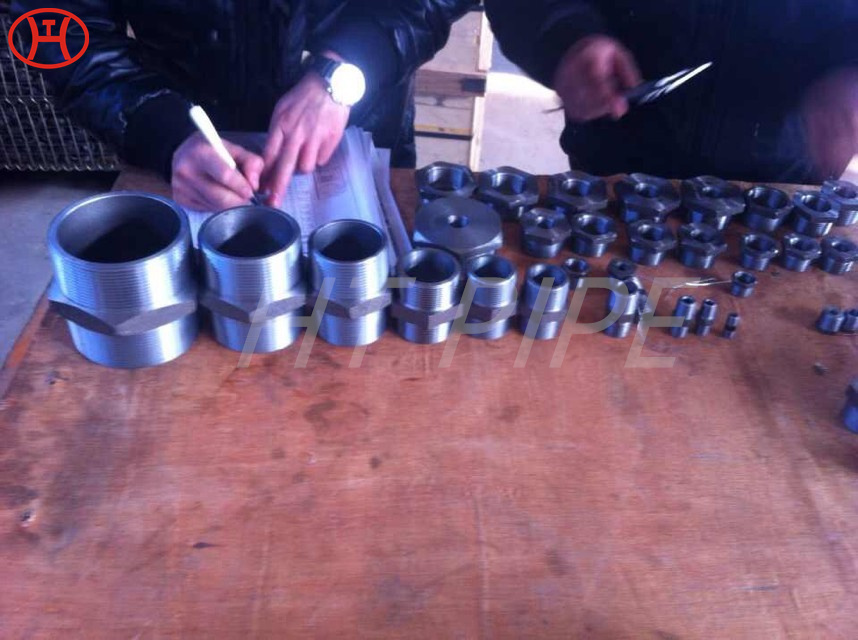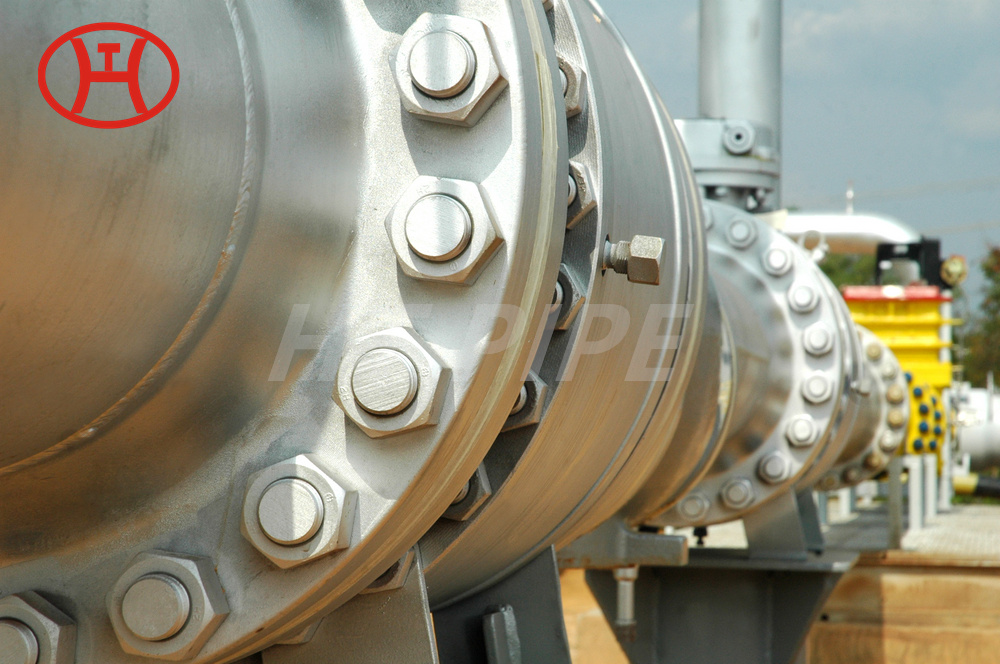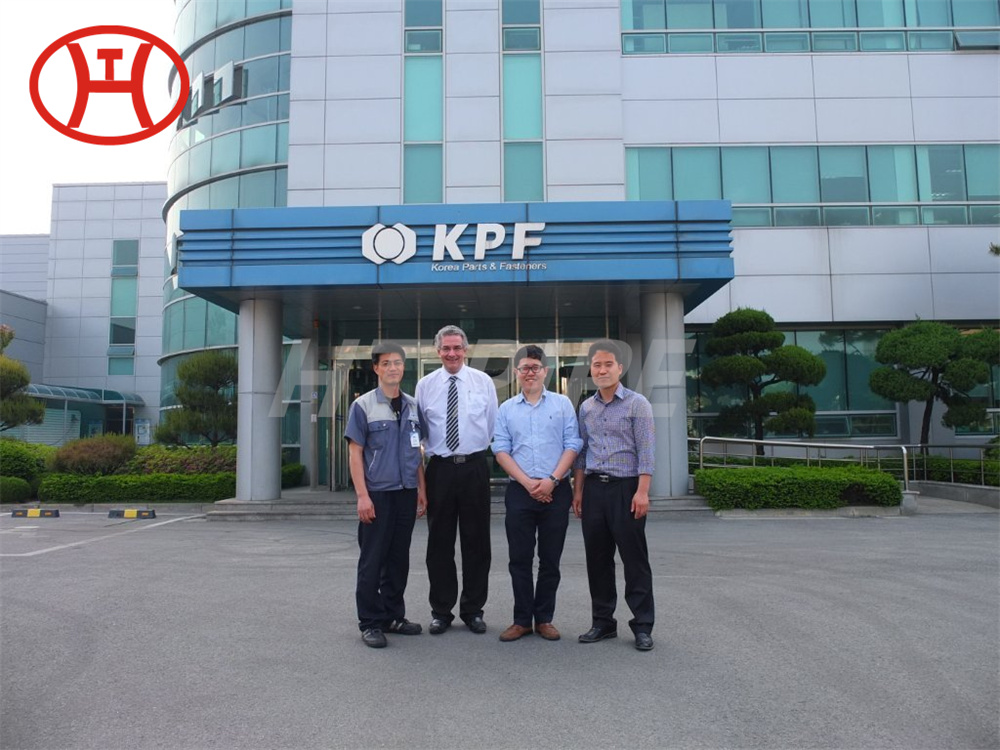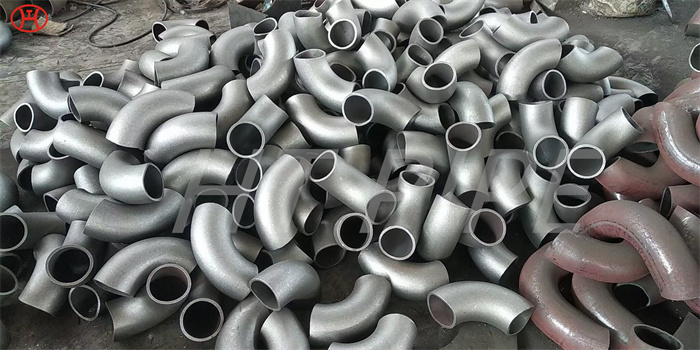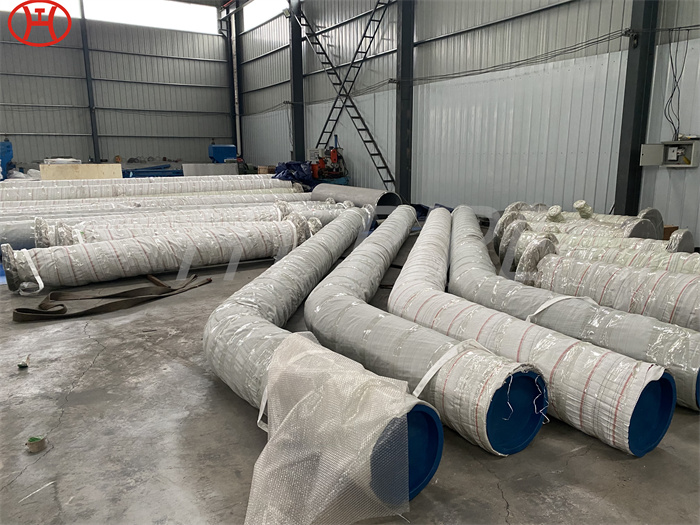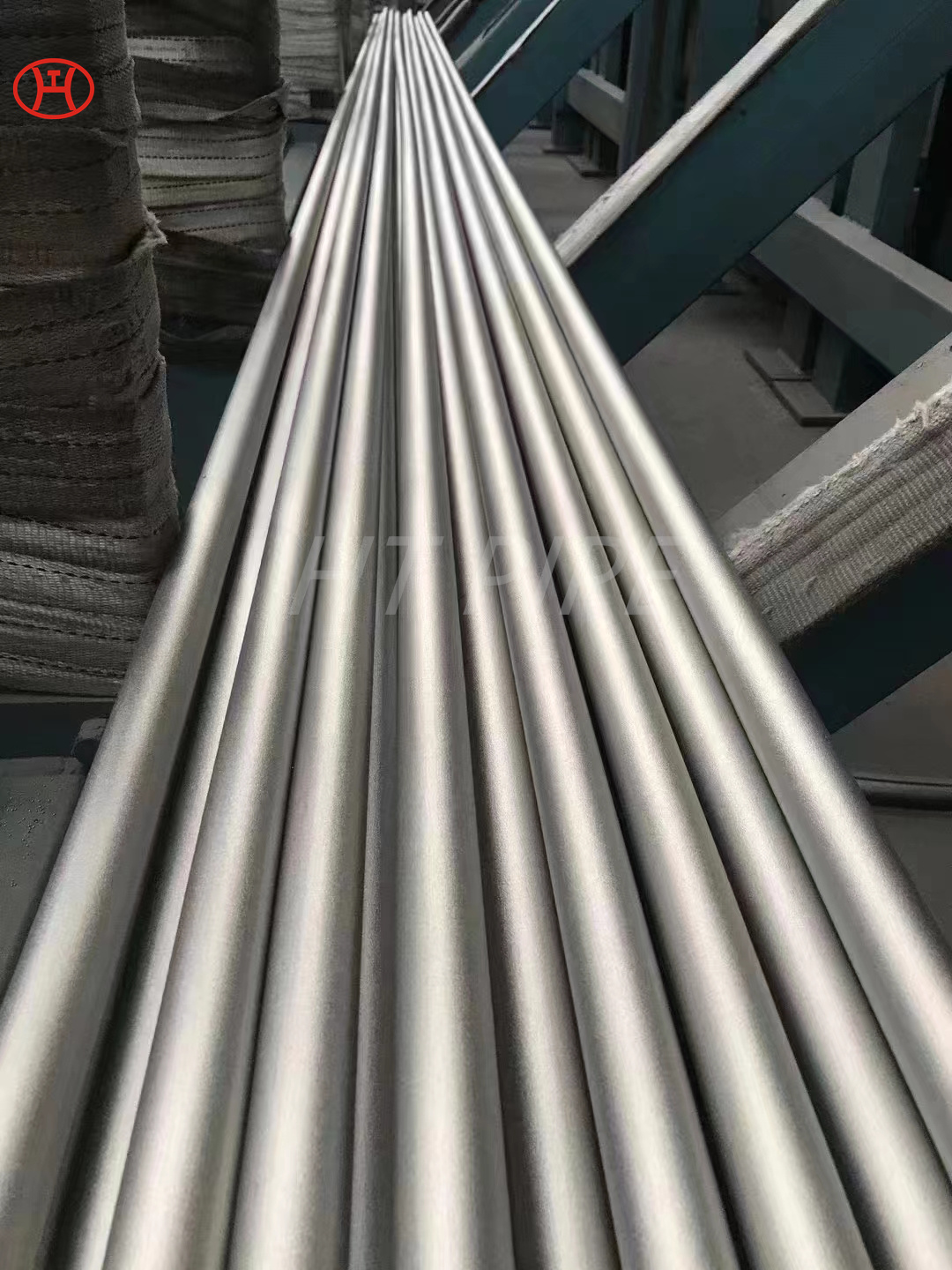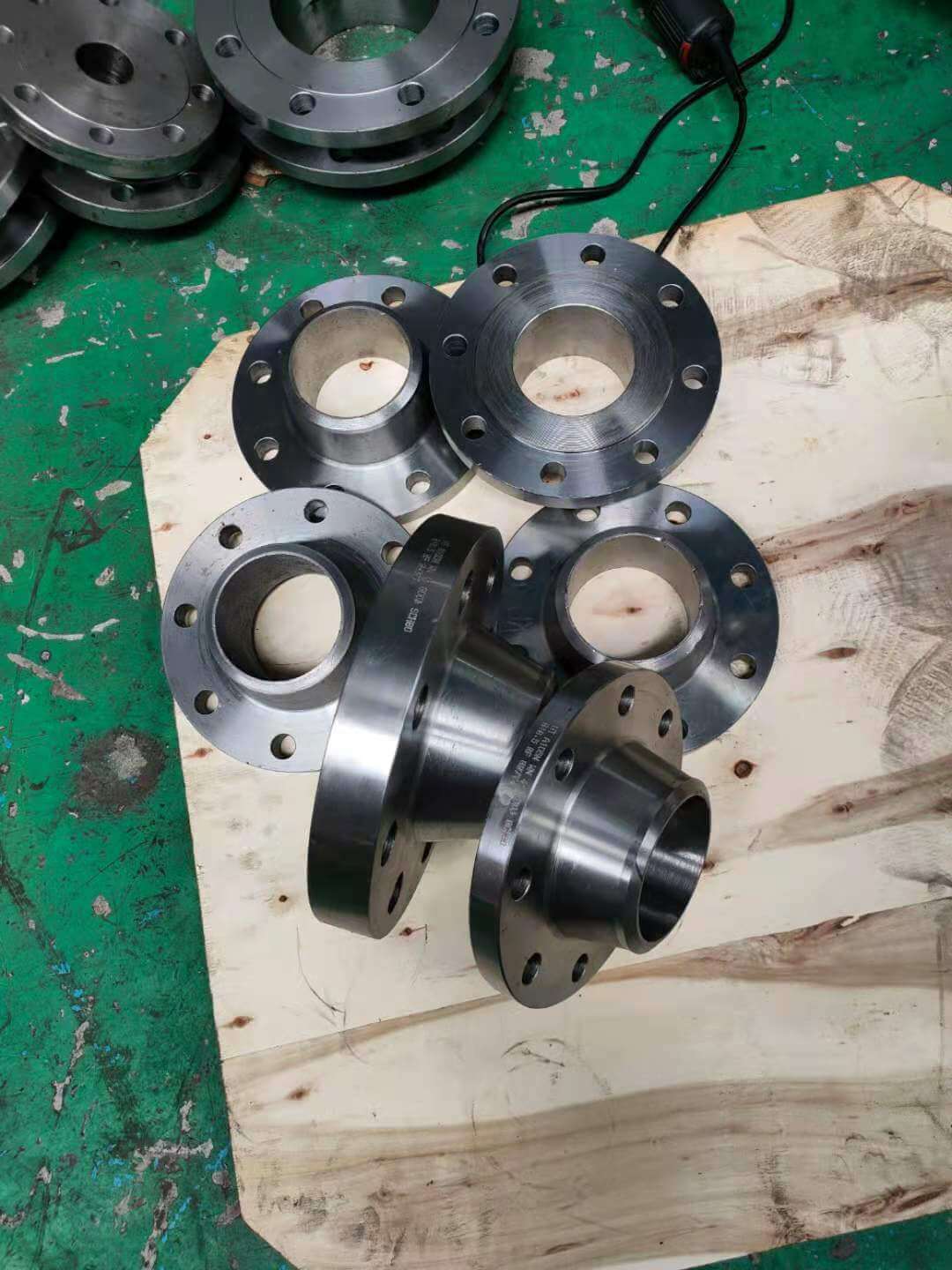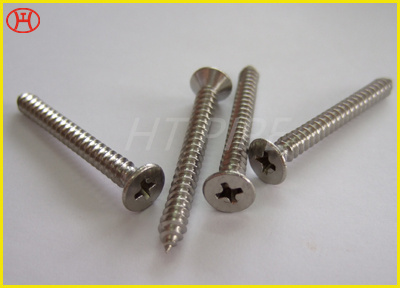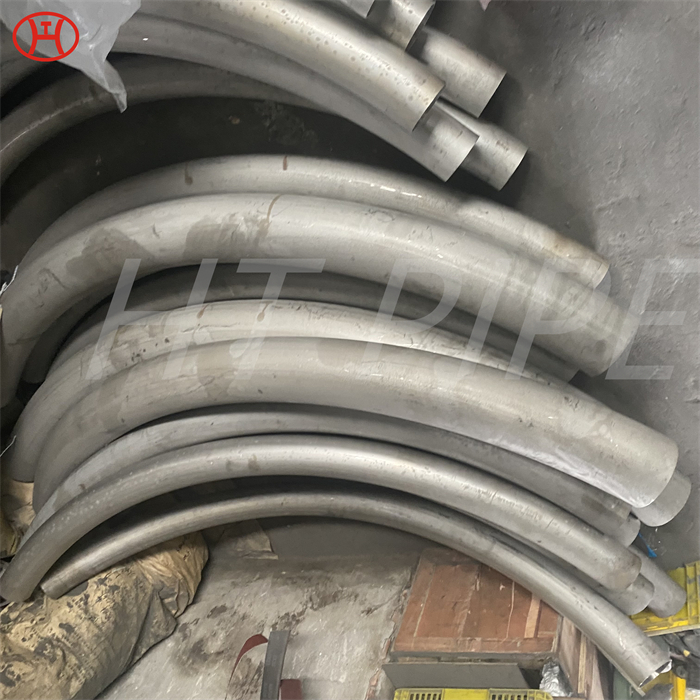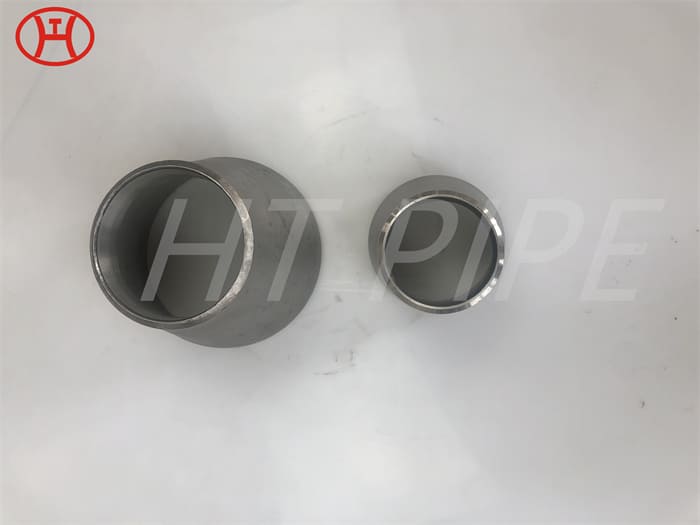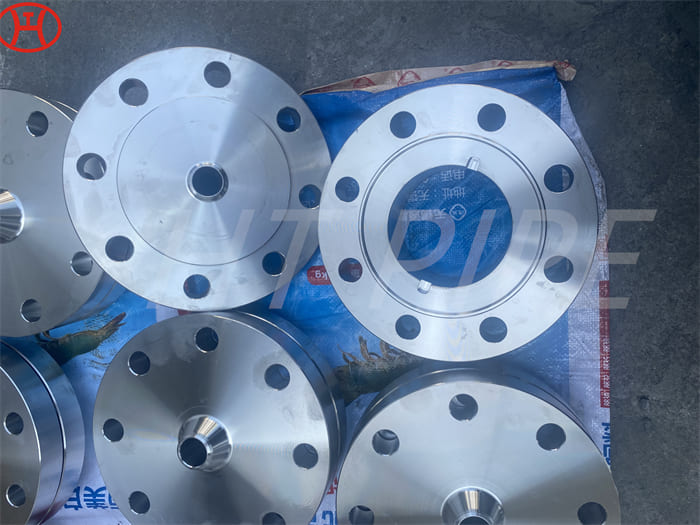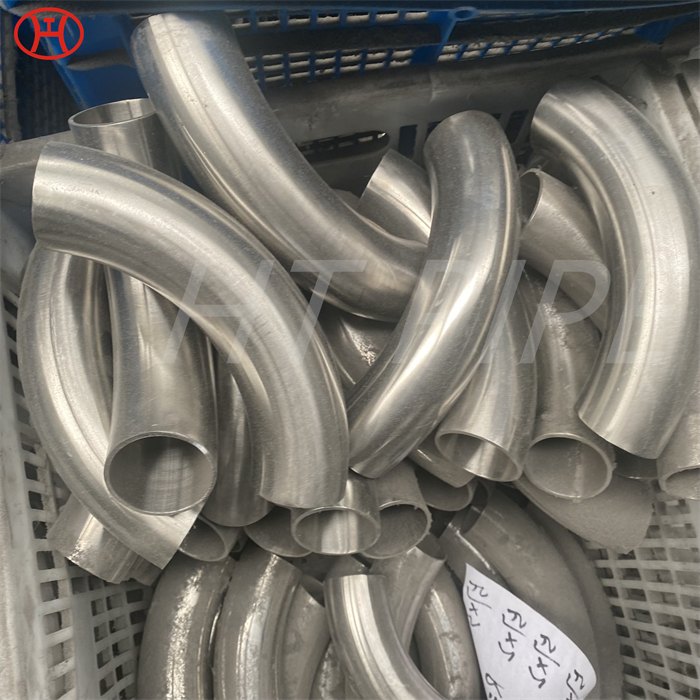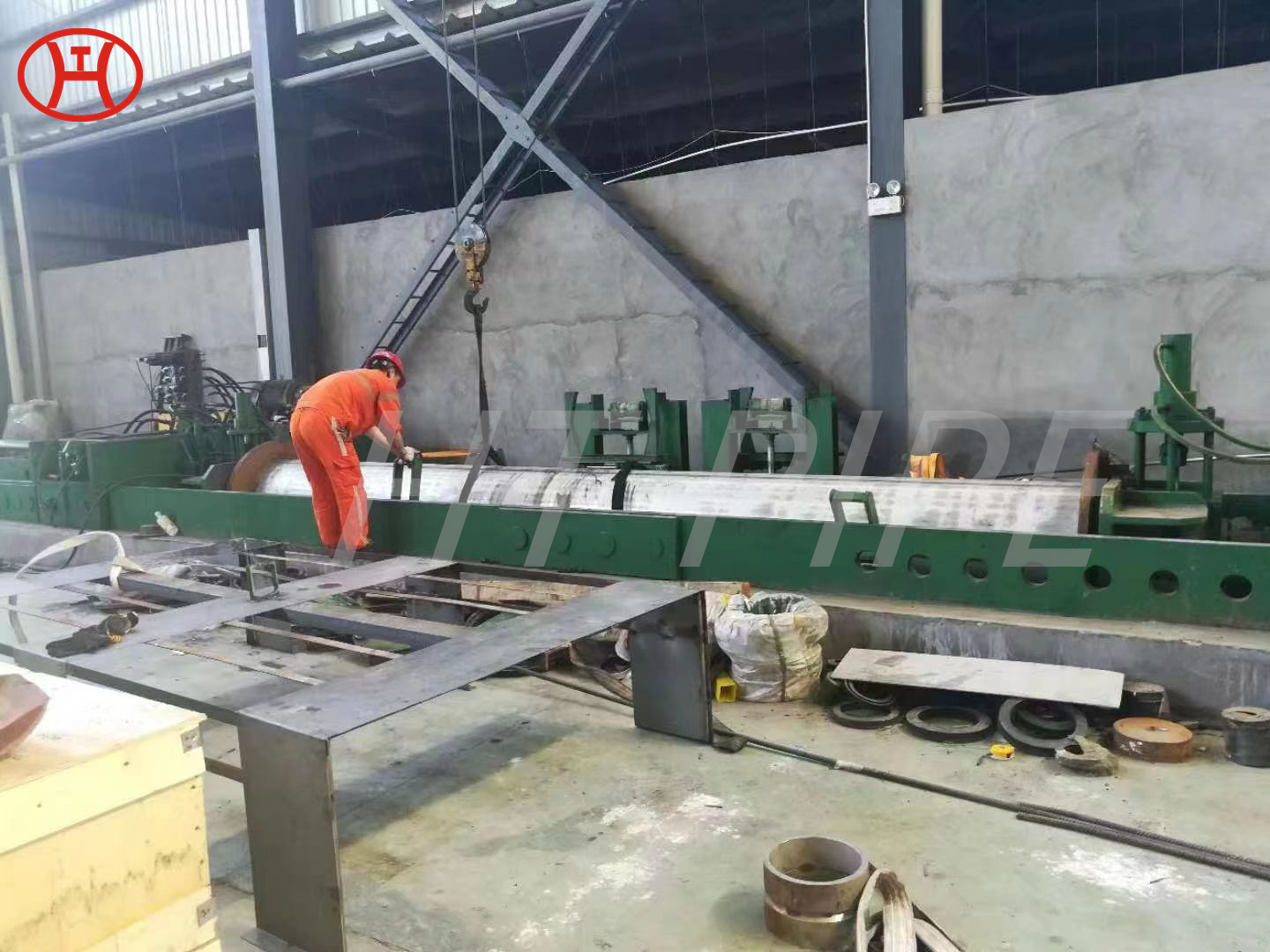
Hastelloy B3 pipe and tube has good thermal stability
This alloy is having chemistry design for achieving thermal stability level that is superior to predecessors like B2 alloy. It is having good resistance to corrosion, pitting and stress corrosion cracking and to knife line as well as the heat affected zone attack.
All common welding techniques may be used with alloy B-3, however, oxyacetylene and submerged arc welding processes are not recommended when the fabricated item is to be used in corrosive service. It is not recommended to be used in environments with ferrite or cupric piping where hydrochloric acids might be in circulation. The acid will form ferric and cupric salts and the salts in turn can corrode the alloy B3. The Hastelloy B3 UNS N010675 however has a superior thermal stability compared to the alloy B2. It has high corrosion resistance against reducing media. Hastelloy B3 Round Pipes has poor corrosion resistance to oxidizing environments, therefore, it is not recommended for use in oxidizing media or in the presence of ferric or cupric salts because they may cause rapid premature corrosion failure.















































































































